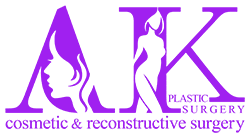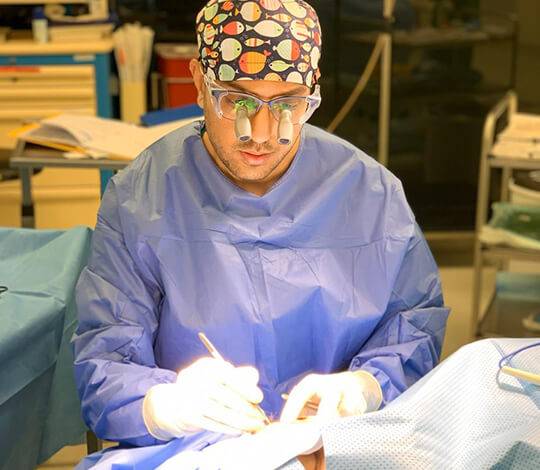Overview
Head and neck reconstruction is a technique for rebuilding the face and neck using blood vessels, bone and tissue, including muscle and skin from other parts of the body.

Introduction
The head and neck region is one of the most critical parts of the human body. It houses vital organs, which play integral roles in the normal functioning of the body. Therefore, when a person experiences cancer or trauma in this region, losing these functions is highly possible.
Quick Links
- What Is Head And Neck Reconstruction Surgery?
- Who Is An Ideal Candidate For Head And Neck Reconstruction Surgery?
- What To Expect At The Consultation With Dr. Abizer Kapadia?
- How Head And Neck Reconstruction Surgery Is Performed?
- What Is Free Tissue Transfer Surgery?
- What Are The Challenges Involved In The Surgery?
- How Is The Recovery After Head And Neck Reconstruction Surgery?
- What Are Examples Of Head And Neck Reconstruction With Free Tissue Transfer?
What Is Head And Neck Reconstruction Surgery?
Head and neck reconstruction surgery is concerned with restoring the cosmetic and functional nature of the head and neck. This procedure requires highly sophisticated procedures, which target the oral cavity, nerves and blood vessels. Therefore, you also need an equally competent board-certified plastic surgeon like Dr Abizer Kapadia for the best results
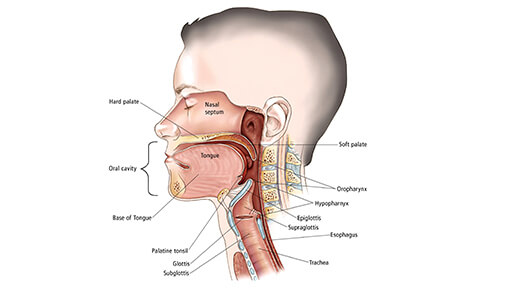
Who Is An Ideal Candidate For Head And Neck Reconstruction Surgery?
Dr. Abizer Kapadia, a Board Certified Plastic Surgeon, has provided guidelines as to who can receive Head And Neck Reconstruction surgery:
- You feel that your cancer treatment has adversely impacted your physical appearance and makes you insecure.
- The process of tumour removal affects your ability to speak or swallow, i.e. affects the normal functioning of your body.
- You have suffered some trauma, which impairs the functioning of your head and neck regions.
- You have congenital deformities, which reduce the aesthetic appeal and prevent normal head and neck function.
What To Expect At The Consultation With Dr. Abizer Kapadia?
Dr. Abizer Kapadia gives the utmost importance to the consultation as it is the step where you understand the procedure, all the aspects of it, and analyze your comfort level with the doctor and his/her staff. During the consultation, Dr. Abizer Kapadia will guide you through the whole process with all the details and will discuss how to prepare for the surgery, its recovery process, helping you make an informed decision. Dr. Abizer will also discuss and understand your reasons for getting surgery and help you have realistic goals and expectations from the surgery.
During the consultation, you should prepare yourself for a physical examination and discuss your medical history, previous surgeries, drug allergies, medical conditions, and other such topics concerning your health. Dr. Abizer also urges his patients to ask questions and queries to resolve any doubts they may have regarding the surgery, procedure, risks involved, and results as his utmost priority lies in the safety and satisfaction of his patients.
Before / After Images
Client Results
How Head And Neck Reconstruction Surgery Is Performed?
Always conducted in a hospital with an ICU facility, microsurgery is the foremost way of performing this reconstructive procedure. Microsurgery incorporates the use of an operating microscope. This allows for the necessary precision so that Dr Kapadia can restore normal functioning as much as possible alongside aesthetic appeal.
Microsurgery’s range also allows for highly individualized procedures. The surgery can be performed as per the patient’s needs rather than one generic surgery for every patient. Of these options, free tissue transfer is the most popular choice.
What Is Free Tissue Transfer Surgery?
Dr Kapadia identifies a donor site i.e. the region from which he harvests tissue. The recipient site is prepped for the transfer after the cancerous mass, or scar tissue is removed. Following this, tiny blood vessels and nerves are dissected at the recipient site.
The tissue from the donor site is detached while keeping the blood vessels and nerves in the tissue intact. This means that when it is placed in the recipient site, the vessels and nerves are reattached. This is achieved by using the aforementioned operating microscope.
What Are The Challenges Involved?
There are a few challenges that every surgeon encounters during this procedure:
- Management of the airway
- Maintaining functions of vital structures
- Maintaining aesthetic integrity to enable a quick rehabilitation back into society
- Optimizing function
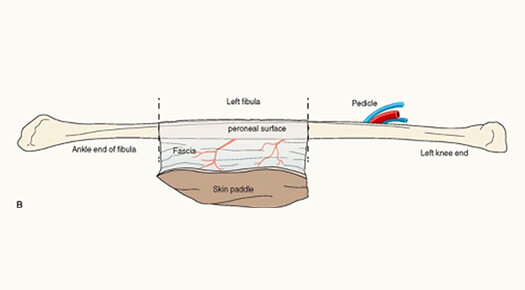
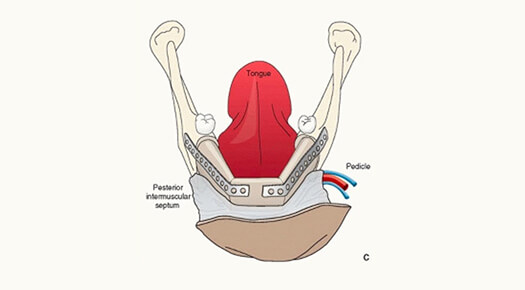
How Is The Recovery After Head and Neck Reconstruction Surgery?
Immediately following the procedure, close monitoring of your blood flow is necessary. A tube may also be placed at the surgery site to drain any excess fluid.
The most crucial factor to keep in mind during recovery is following your surgeon’s instructions. Take the painkillers and antibiotics on time. This timely dosage minimises swelling, and you see your final results faster. Although complete recovery can take several months, you see a difference in your functionality and aesthetic appeal every day.
It should be noted that although reconstruction can achieve near-miracles, completely restoring normal functioning and your appearance before surgery can be impossible in certain cases. Dr Kapadia attempts to bring you as close to your former self as possible, but you may still find a little impairment in speech and swallowing. However, these results will still be much better than before as this sophisticated procedure generally ensures exceptionally high-quality results.
What Are Examples Of Head And Neck Reconstruction With Free Tissue Transfer?
- Reconstruction of Jaw bone (mandible) using free Fibula bone from the leg with microvascular tissue transfer to restore the function and appearance of the jaw.
- Cheek or buccal mucosa reconstruction using soft tissue flaps such as Radial Artery Forearm Free Flap (RAFFF) or Anterolateral Thigh Flap (ALT) with microvascular tissue transfer.
- Tongue Reconstruction using Soft tissue flaps such as Radial Artery Forearm Free Flap (RAFFF) or Anterolateral Thigh Flap (ALT) or muscle flaps such as Gracilis Muscle free Flaps.
- Mid Face or Maxilla Reconstruction using a combination of Fibula Bone Flap and Soft tissue skin(ALT flap ) or Muscle Flaps (Rectus Abdominis muscle flap) with microvascular tissue transfer.
Book Appointment
You Might Be Interested In
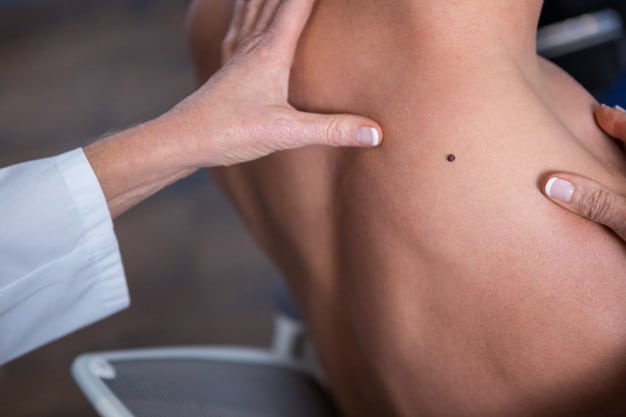
Skin Cancer Removal & Reconstruction
Overview Skin cancer removal procedure includes surgically removing cancerous and other skin lesions using specialized techniques to preserve your health and your appearance. Introduction Skin

Trauma, Wound Coverage and Scar Revision
Overview Wounds and trauma to the body can have lasting results. They can severely affect the aesthetics of the body, therefore requiring plastic surgery as
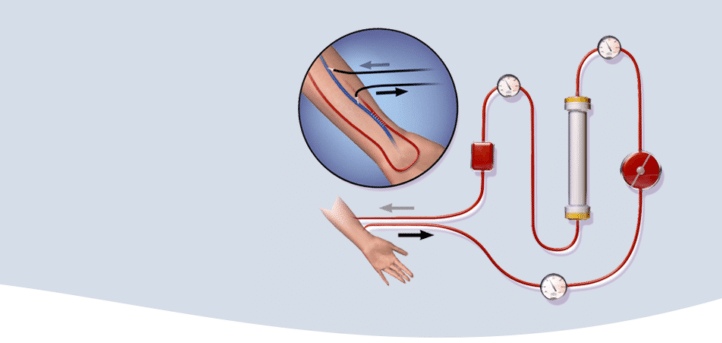
Creation of A-V Fistula for Renal Dialysis
Overview An AV fistula is a connection that’s made between an artery and a vein for dialysis access. Introduction If you have been diagnosed with
- Hours
-
Timing - 8:00 am to 6:00 pm on Monday to Thursday
Saturday 9:00 am to 5:00 pm - Friday, Sunday : Closed


















